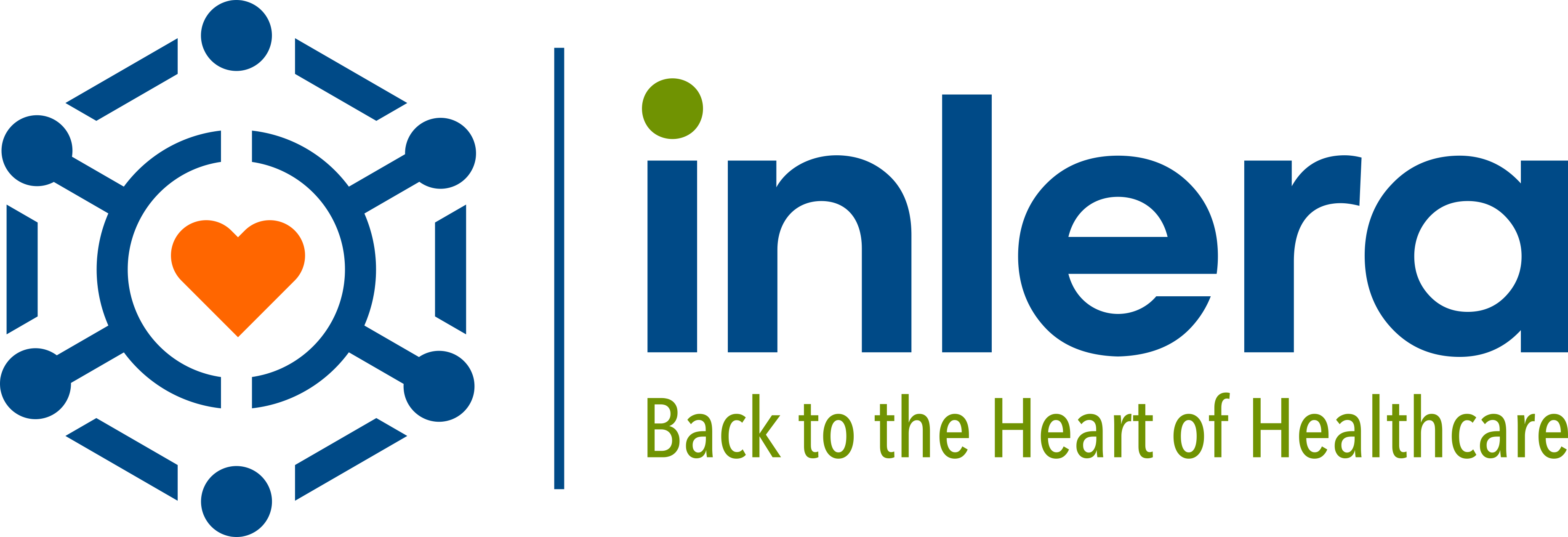
When it comes to decreasing no-shows, streamlining doctors’ schedules, and offering excellent customer service…there’s an app for that.
Sending patients text messages with appointment confirmations and reminder is a popular way to keep your schedules accurate while politely reminding patients about upcoming appointments.

It’s a solution that may or may not be for your practice, though. Seeing as I’m a technophile, people are always surprised when I don’t recommend using a certain technology. But at IPS, I only make recommendations once I know how a practice operates and what’s most important to them — their practice’s brand, in essence. I think it’s important not to paint with a broad brush, and to judge whether a certain tool is right for your practice.
How Text Message Reminders Work (The Nutshell Version)
According to PEW Research Center, 92% of US adults own a cell phone, making it a very useful tool to reach your patients.
Immediately after a patient schedules an appointment, he/she will receive a confirmation text message with the date and time, to make sure the appointment you have in your schedule matches with the time they intended. Then, a specific amount of time before the appointment (two days, one day, one hour, etc.) the patient will receive another text message, reminding them when they need to be at your office.
The text message application either runs parallel to your system or can be fully integrated, depending on your software. It syncs with your schedule to automatically notify everyone with an upcoming appointment. So it does all of this without any effort on your part, which is really a beautiful thing!
Other Goodies That Can Be Included
Many automated reminder programs also allow you to go much further than just text messages. They can offer email reminders and voice reminders that call a phone and then play a recording.
Many of these programs allow you to customize the type of notifications people receive. So if Sally Smith wants email reminders only, and John Adams wants text, voice, and email reminders, you can accommodate both of their preferences with a simple check of the box. The flexibility is really nice because it allows you to take your patients’ communication preferences into account.
How Text Reminders Help with Patient Retention
The second layer of automated reminders is that they go beyond confirming the appointment by saying “you have an appointment on X date at X time,” — they also say “does this time still work for you, or would you like to reschedule?”
Making it easy for patients to reschedule is huge in terms of patient retention. You’ve probably had patients who miss an appointment and then never come back to your office, who fall into the “black hole,” as we say. Automated reminders help keep them out of the black hole by giving them an easy way to reschedule.
Some of the programs even have built-in follow-up campaigns to help keep patient retention high. If a patient cancels an appointment, they might get an email the following day, one week later, and then again one month later reminding them to reschedule. This is a fantastic feature because it keeps patients in the system without any additional effort from you or your staff.
How Automated Reminders Help Your Bottom Line
At the end of the day, text reminders are first and foremost a great customer service feature. We’re all busy and most patients really like to be reminded. It helps them avoid paying late/no-show fees too by alerting them to appointments that don’t fit their schedule. Plus, legally, you have to ask permission from patients to send these reminders. So you don’t have to worry about “bugging” people — if anyone doesn’t want to receive reminders, they can simply opt out of receiving them.
Keeping a full schedule is crucial when it comes to profit generation too. By giving patients an easy way to cancel their appointments, you’ll have a much more realistic idea of what your schedule looks like. This allows you to fill any holes with new appointments. Not only will you reduce lost revenue from no-shows, but you can fill in any canceled spots with other appointments. It’s a profit win-win.
Technology is so great because it allows us to do more in less time. I had one of our providers come to me recently with a list of 400 no-shows and he was going to have his desk staff call each one of them to reschedule. If he had been using an automated reminder system, a) the system would follow up to reschedule automatically, and b) I bet that there would have been significantly fewer no-shows in the first place. Text reminders definitely allow you to work smarter, not harder.
Any Downsides?
When it comes to increasing profitability and efficiency, the benefits of automated reminders far outweigh the potential downsides. But they should still be considered.
Automated reminders don’t have quite the same warmth as a phone call. For some practices, like a small town family practice that prides itself on its personal touch, losing that warmth could be a deal-breaker.
There’s also always the possibility that your patients could be confused by technology. Geriatric patients, for example, might not be the best fit for automated reminders.
There is a cost involved with automated reminder programs as well. They’re relatively inexpensive — there are programs that you can get for under $200/month — but there is still a price tag that you should consider.
Okay, You’ve Convinced Me, Jasmine. What Should I Do Next?
One thing that I always recommend to providers who are thinking about automated reminder systems is to survey your most valuable asset: your patients! Run a survey at the front desk and ask patients if they would find reminders helpful. If most of them say yes, give it a try. If most of them say no, then maybe automated reminders aren’t a good fit for your practice.
Two reminder programs we like at IPS are Demand Force and Televox. We can discuss all available options and recommend one that’s the best fit for your practice during a complimentary 30-minute consultation with our team. Just click here to set one up — we’d love to chat with you!
Have you ever been on the receiving end of a text message reminder (from a salon, mechanic, or other doctor’s office)? What did you like/dislike about the experience? If you’re currently using automated reminders in your office, how do you like the service? Write a comment and tell me about it — I’d love to hear your experience.
Automated reminders are just one of the strategies for working smarter, not harder to boost your bottom line. In our free white paper 5 Strategies to Accelerate Cash Flow & Increase Profits, we’re sharing plenty more ideas like this. You can access it instantly — just click here!

Jasmine Vializ is the President and CEO of Inlera, a billing and practice management company designed to increase the quality of healthcare by helping doctors to prioritize their patients while boosting their bottom line.











